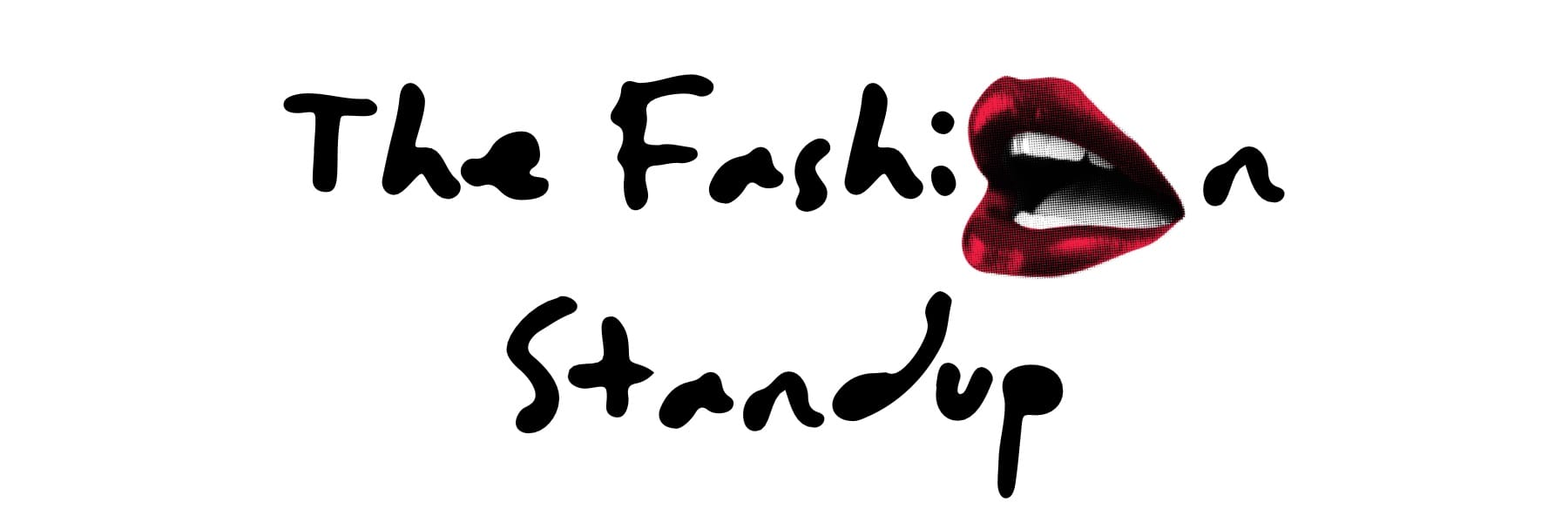Inside the bubble

My mind was so polluted with stories, ruminating thoughts, dilemmas... And every time I unlocked my cell phone, that hat came along. So I created a bubble of books and, after much refinement, the recipe is here. Kind of like the premises that inspire Nara Aziza Smith's recipes.
We live surrounded by objects that we use, but books are the objects we use the least... But they should be the ones we use the most, even if from this physical object we move on to digital ones. It is the physical object of the book that begins the process.
They say that the word of the year 2024 in Portugal was freedom, my mind when I created this bubble was closer to brain rot (the deterioration of the intellectual and emotional state derived from poor quality content consumed online).
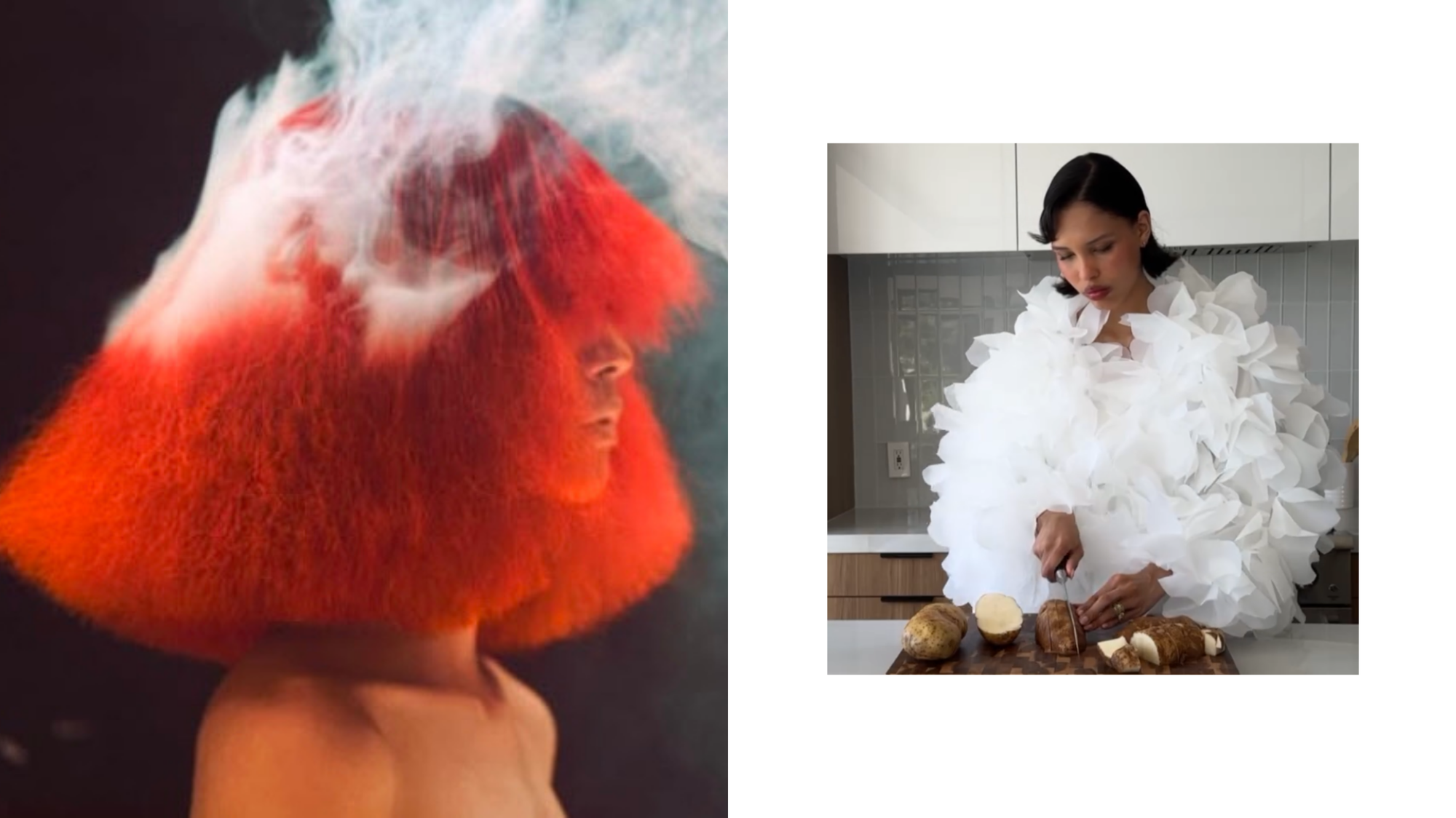
Since the world seemed too confusing to understand, I turned to what I can understand, because that's what I breathe - Fashion.
In the midst of so much talk about what comes next, I went back and read some books that I had left on hold, in a perfect metaphysical symbiosis of knowledge in the form of books…
As I said, it was the physical book that started the process, or rather my library, no, this is not yet the article about the lost and found in my office - library. In the initial pile were: “Fashion Design” (2005) by Sue Jenkyn Jones; “La gestion de las empresas de Moda” (2007) by Stefanio de Saviolo and Salvo Testa; “Sistema de Moda” (1973) by Roland Barthes; “Antropologia de Moda” (2021) by Filomena Silvano; “Fashion Theory” (2014) & “Fashion as Communication” (2013) by Malcom Barnard; “La Moda es Revolución” (2016) by Laura Opazo; “The Dharma of Fashion: A Buddhist Approach to Our Life in Clothes” (2020) by Otto von Busch; “Fashion (R)Evolution” ()2023 by Charo Izquierdo; “El Octavo Arte: la Moda en la sociedad contemporánea (2016) by José María Paz Gago.
If I had to create a bibliography of what I write now, I wouldn't include all these references, but like in a Fashion Design project - the entire process is included and we don't skip stepps. If not all of these books gave me relevant information in this context, as a whole they allowed me to iterate between the physical and the digital.
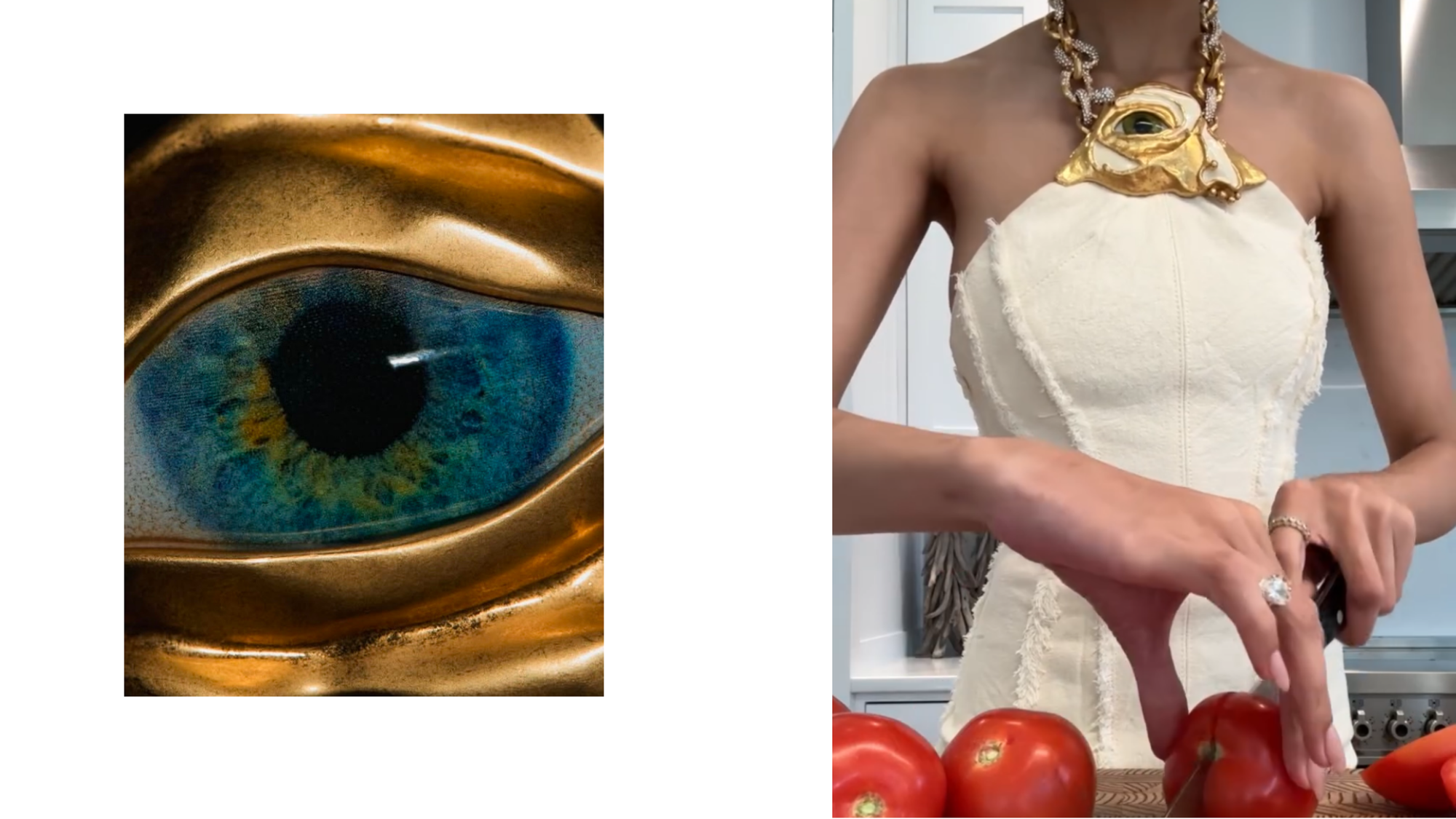
By referring to a digital dimension, I am referring to the Perlego library (no advertising here), where I immersed myself in: “Fashion under Fascism” (2025) by Eugenia Paulicelli; “Digital Research Methods in Fashion and Textile Studies” (2020) by Amanda Sikarskie; “The Fundamentals of Fashion Management” (2018) by Susan Dillon; “Fashion-ology (2023) by Yuniya Kawamura.
I started with Barthes, I thought it was the perfect entry to clear my mind, read Roland Barthes in its origins, without it being explained to me by another author. May the divine entities of Fashion Theory forgive me, but Barthes is close to Rocket Science.
Nevertheless, I realized, without a doubt, that for the author, the Fashion System must encompass written language. Paz Gago is clearer in his statements, saying that Fashion needs to be written in order to be promoted and disseminated, so that it can grow and continue to develop. So how about filling social networks with good and well-founded Fashion content? This way, we would not run the risk of being suggested political or politicized content that, often, is not in line with the values of each individual.
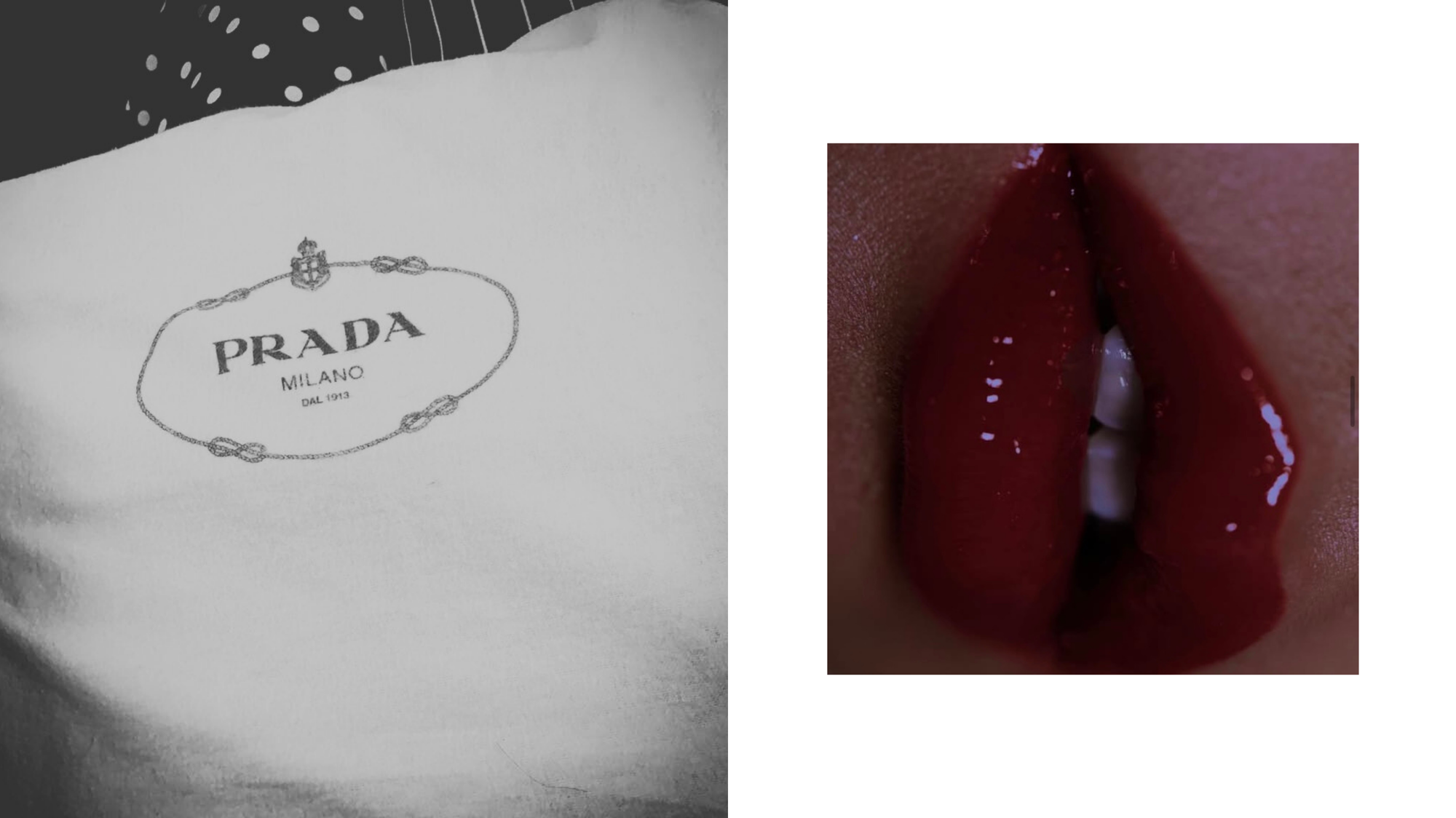
Having Fashion as communication and talking about the Fashion System, there are many authors, from Barnard to Silvano, who interpret both prisms as Clothing Fashion in social interactions and messages sent by what we wear.
However, when those who work in Fashion when it comes to themselves and their own clothed bodies, the attribute, according to Jones's enumeration, that they value most is that of utility. In other words, we often choose to wear something as comfortable as possible so that we can dedicate ourselves to work as much as possible.
Is it contradictory? Yes! But the dichotomy is exciting. As in the case of Nara Adida Smith, we enjoy watching her because she is meditative and aspirational. We won't cook in Schiaparelli or Ferragamo dresses, but that's not all… We'll never put so much effort on what we eat, but many would like to do that. And in such videos, clothing fashion transmits previously studied messages.
In Fashion - ology, Kawamura makes clear what many already suspected: Fashion, in addition to being a System in its own right, is an ideology. It is not a system because it inherently has a communication system, but thanks to the institutions, groups, professions and events that make it up. As far as ideology is concerned, Fashion is an ideology because it is not limited to Clothing Fashion, Dressed Fashion. Fashion is a myth in the sense that its intangible facet is characterized by a collective consciousness and experiences.
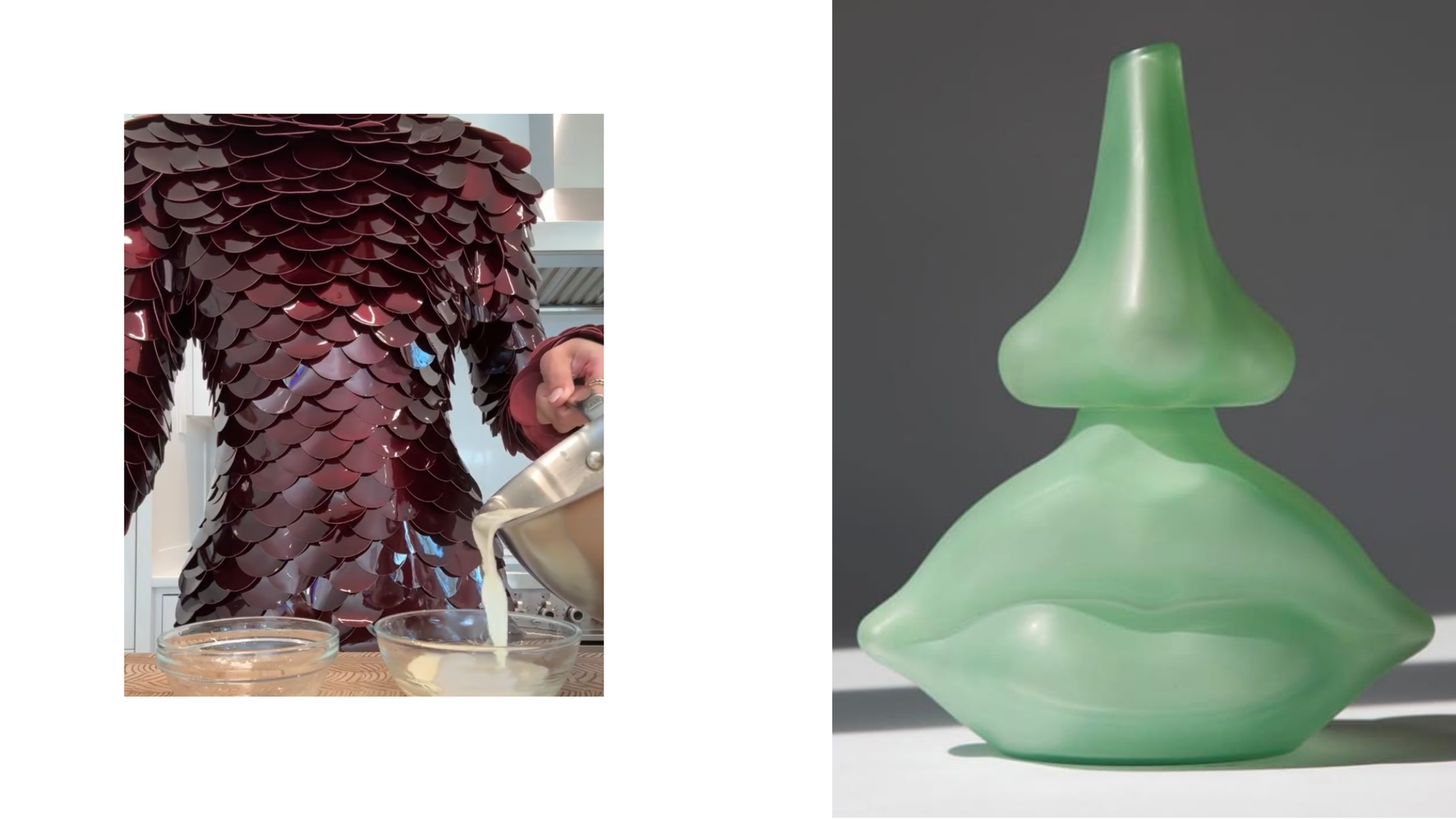
Amanda Sikarskie's book mentioned earlier has been instrumental for me in other projects. Humanizing and making Fashion studies and Academia cool in the context of Fashion. To this “recipe” it brought clarity to the issue of Fashion blogs, making a much-needed distinction between Fashion blogs and academic Fashion blogs. The first being more focused on the personal style of the author herself and the second following a study that puts into practice critical theorizing beyond the sharing of opinions. And with this clear-sighted focus it opens the door to talk about the generalized conception of what fashion blogs are, which is not restricted to the issue of style. It also covers the range of what the areas or modes of activity of Fashion academics are or can be.
Amid so much reflection, there was also room for emotion. When I turned 18, one of my best friends, one of the most important people in my life, gave me the book “Fashion Design”. Even though I read the book then, I didn't realize... I didn't realize that it was all there, now with greater maturity and in perspective I see everything I should have in mind. From realizing and internalizing that criticism of the work or project is not personal criticism; that even though I'm very busy I shouldn't underestimate the importance of sleep, among so many other things. The action of looking in the mirror and self-evaluating your soft skills, it would be so healthy if all creatives and fashion professionals had time to do this, from time to time.
So, let's summarize the recipe when the world is overwhelming you: hold on to your Fashion books, like a life preserver and not like Jack and the famous door. Fashion Books, because here you are. You can still make use of other non-fiction books with the equivalent of Fashion for you.

To this add something sweet and, yes, we have to add something, if we hadn't been infected by Sikarskie's maximalist approach since yesterday's post on our social networks.
I must warn you that this recipe does not cure allergies, flu or viruses typical of winter. Therefore, it seems that I have to wear my Nuno Baltazar pants and my Ricardo Andrez coat, my uniform par excellence to face the world and strictly follow the recipe for Nara's homemade syrup. Next week, we need to leave the bubble for a new experience, but we'll talk more about that in our next newsletter.
